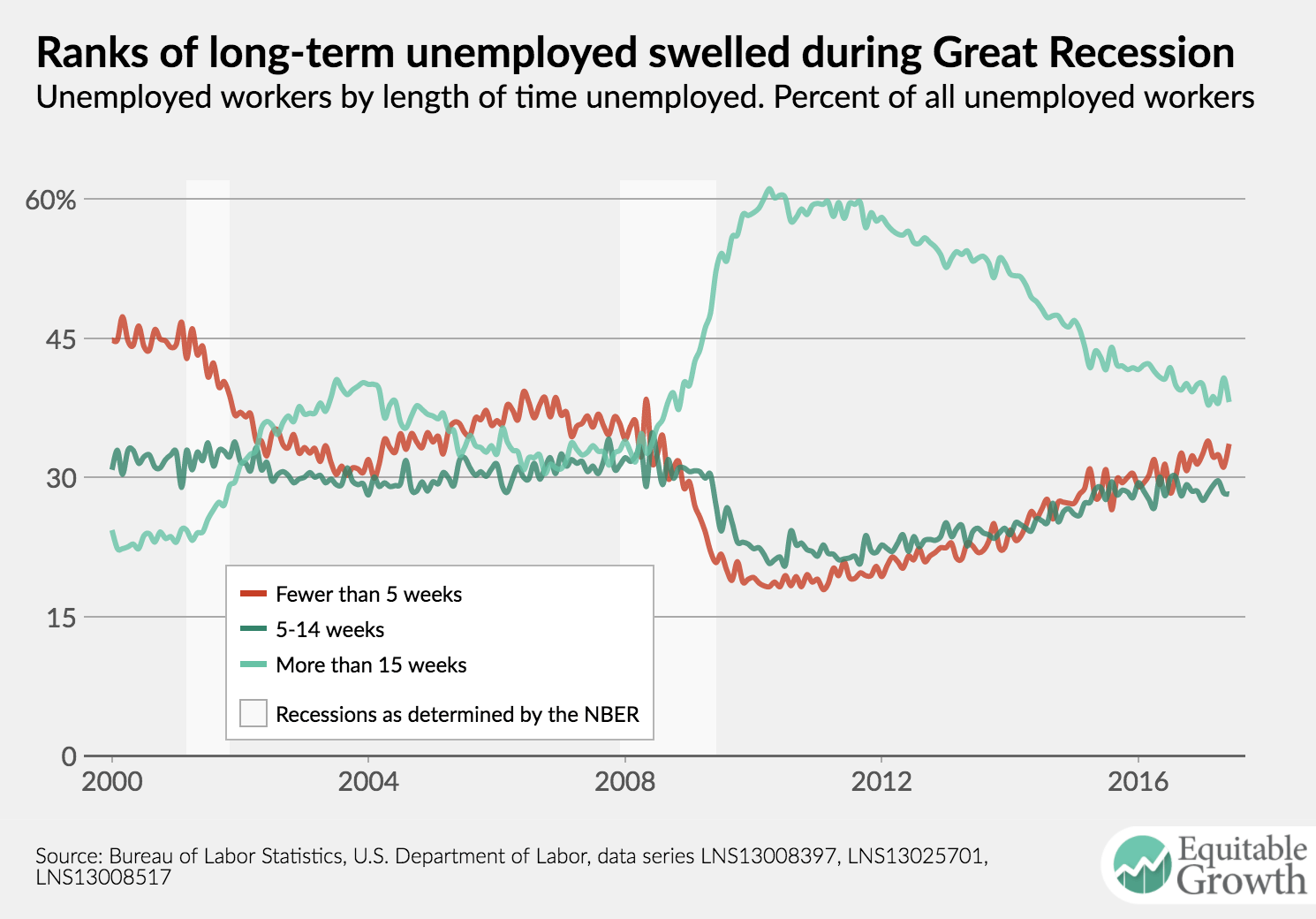Must-Read: I wish to broadly concur with Paul Krugman’s judgments here, but I do wish to dissent in part.
I agree that it was very clear over time and even clearer in hindsight that William F. Buckley was no prize: somebody who supports Joe McCarthy’s attacks on George C. Marshall as a Chinese Communist spy, uses his position among the first generation of Catholics at Yale to argue for making Jews at Yale as uncomfortable as possible—”preserving the Christian character of the university—plus the racist-terrorist dog whistles of how white southerners could decide to use any means necessary to keep African-Americans down, the not just neo- but plain old fascist worship of Francisco Franco. What do I need to say about him? What do WFB’s defenders need to say and do, other than blush in shame, resign from public life, give all they have to the poor, and take up a life of anonymous service to others?
I agree with Krugman that conservative economists were always hopeless ideologues on inequality. And I agree with Krugman that Friedman was more right than wrong, and was very useful to have around.
I have, however, come to differ from Paul on Lucas as it becomes clear that whatever good things he wrote were “in the air” at the time, while the bad things have wrenched macroeconomics off its proper course for what look like generations:
- I think it was clear at the time that Lucas was wrong from the start on policy—disinflation was not and was never going to be nearly costless given the institutional structure of the economy in the 1970s.
- I think that it was clear at the time that Lucas was wrong on models of reality too: no, monetary shocks do not have real effects because people cannot observe and so misestimate the real prices of the things they buy and sell.
- Ascending to more rarified theoretical air, it should have been clear by the mid-1980s abandonment of estimation for calibration, if not before, that the abandonment of the disequilibrium learning-about-the-world approach to expectations for the pull-a-rabbit-out-of-a-magic-hat approach had obviously been a wrong turn.
- And even as of 1980 the idea of putting your output equation’s residual on the right-hand side and claiming it as an explanatory variable never passed any laugh test.
As Paul says, the same broad story holds on the environment and on health care. The generation of Friedman’s contemporaries had some good things to say; subsequent generations, much less so; today, economists worth listening to and economists who can work at the AEI without fearing that they will at some point be David Frummed are nearly disjoint sets.
Paul Krugman: When Was The Golden Age Of Conservative Intellectuals?: “Bret Stephens’s… [on] the intellectual decline of conservatism… the modern degeneracy… https://krugman.blogs.nytimes.com/2017/07/09/when-was-the-golden-age-of-conservative-intellectuals/?smid=tw-share&_r=0
…But Stephens harks back to a golden age… when… exactly? William F. Buckley is a problematic icon. Surely one needs to mention his spirited defense of white supremacy in the South, and National Review’s weird infatuation with Generalissimo Francisco Franco….
Let’s talk about… macroeconomics, environment, health care, and inequality…. In macroeconomics… Milton Friedman and, initially, Robert Lucas performed a useful service by challenging the case for policy activism, especially fiscal activism…. The track record of Chicago macroeconomics was impressive indeed. But then it all fell apart. Lucas-type models failed the test of events in the 1980s, while updated [new] Keynesianism held up. Rather than admitting that they had overreached, however, conservative macroeconomists just dug themselves deeper into the rabbit hole….
On environment, a similar turn took place a bit later. The use of markets and price incentives to fight pollution was, initially, a conservative idea condemned by some on the left. But liberals eventually took it on board—while cap-and-trade became a dirty word on the right….
On health care, ObamaRomneycare—relying on mandates, regulation, and subsidies rather than a single-payer system—was, famously, a conservative idea developed at the Heritage Foundation. But liberals took it on board—pretty quickly, actually—while conservatives began denouncing their own side’s clever idea as evil incarnate.
Finally, on inequality, conservative intellectuals were terrible from the very beginning. I wrote a long piece in 1992 detailing their evasions and distortions, many of which remain unchanged to this day. It wasn’t just that they were wrong; as I wrote at the time: “The combination of mendacity and sheer incompetence displayed by the Wall Street Journal, the U.S. Treasury Department, and a number of supposed economic experts demonstrates something else: the extaent of the moral and intellectual decline of American conservatism.” Remember, this was a quarter-century ago.
So when was the golden age of conservative intellectuals?… There never was one…. There was a period when conservatives contributed some useful stuff to the discourse. But that era ended a long, long time ago.

